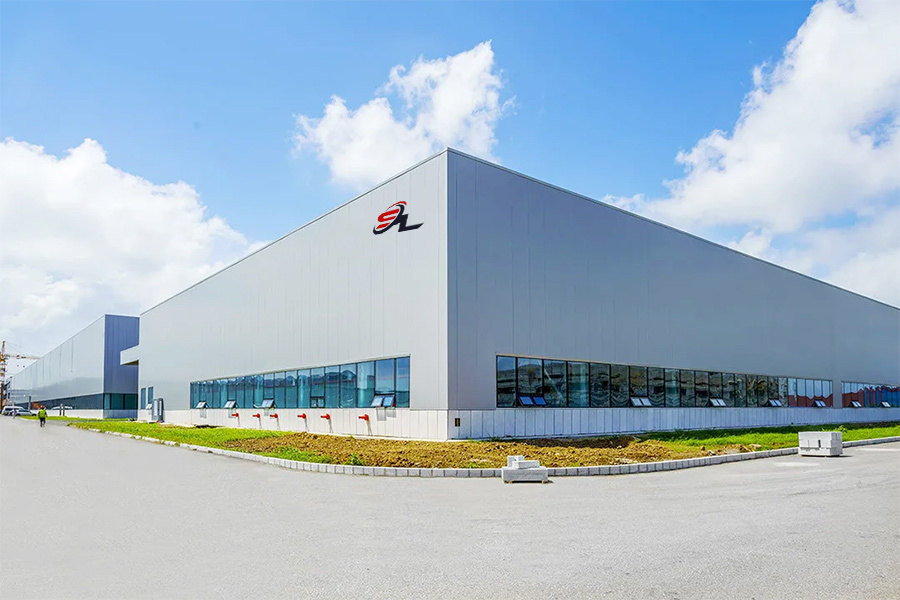Mastering the Welding Shifter: Key Considerations for Success
2025-05-26

Understanding the Welding Shifter
Welding can be a daunting task, particularly when you’re using a welding shifter. It might sound like a fancy tool, but trust me, it's as essential as a good cup of coffee in a welder's toolkit! A welding shifter, or what some folks might call a ‘welding positioner,’ helps you manage and manipulate your workpieces for more precise and cleaner welds. But, like any tool, it comes with its own set of considerations that can make or break your project.
Safety First: Gear Up!
Hold up! Before you even think about putting that welding shifter to work, make sure you’re geared up. Personal protective equipment (PPE) is no joke! You need a good welding helmet, gloves, and flame-resistant clothing. It’s better to be safe than sorry, right? After all, no one wants to end up with a nasty burn or eye injury. So, suit up and let’s get to work!
Preparation is Key
Alright, let’s dive into the nitty-gritty. Before you start using your welding shifter, take a moment to prep your workspace. Clean your surfaces and ensure everything is in tip-top shape. You wouldn’t run a marathon in flip-flops, would you? The same goes for welding! A clean workspace minimizes the risk of contamination and improves the quality of your welds.
Choose the Right Position
Using a welding shifter gives you the flexibility to position your workpiece at various angles. But don’t just wing it! Selecting the right position can significantly affect your welding technique. Whether you’re tackling a flat, horizontal, or vertical weld, make sure the position allows you easy access and visibility. Think of it like finding the best seat in a movie theater; you want the best view!
Welding Techniques: Go with the Flow
Now that you’re all set up, it’s time to get your weld on! When using a welding shifter, aim for smooth and steady movements. This isn’t a race; take your time and let the welding arc flow evenly. If you rush, you might end up with a mess that even a magician couldn’t fix! And remember, practice makes perfect. If you’re new to it, don’t hesitate to practice on scrap materials before moving on to the real deal.
Adjusting the Shifter
Here’s a pro tip: make sure to adjust your welding shifter according to the project requirements. A shifter that’s too tight or loose can lead to inaccurate welds. You want that sweet spot where everything feels just right. Think of it as tuning a guitar; if the strings are off, the music won’t sound good!
Post-Welding Care: Don’t Forget the Cleanup
Congratulations! You’ve successfully completed your welding project. But don’t just pack up and call it a day. Spend a few minutes cleaning your welding shifter and workspace. Remove any slag, spatter, or debris that might have accumulated. A tidy workspace not only looks better but also helps prolong the life of your tools. Plus, it makes your next project easier!
Final Thoughts: Keep Learning!
In the world of welding, there’s always something new to learn. So, keep your eyes peeled for workshops or online tutorials to enhance your skills with the welding shifter. Whether you’re a seasoned pro or just starting, every bit of knowledge counts. Remember, even the best welders had to start somewhere!
So there you have it! With these tips in your back pocket, you’re ready to tackle your next welding project like a champ. Now go out there and show that welding shifter who’s boss!
Contact Us
Email:
15720371695@163.com
Tel/Whatsapp:
+86-15720371695
Address:
156 Beituan Village, Jiaohe Town, Botou City, Cangzhou City, Hebei Province, China

